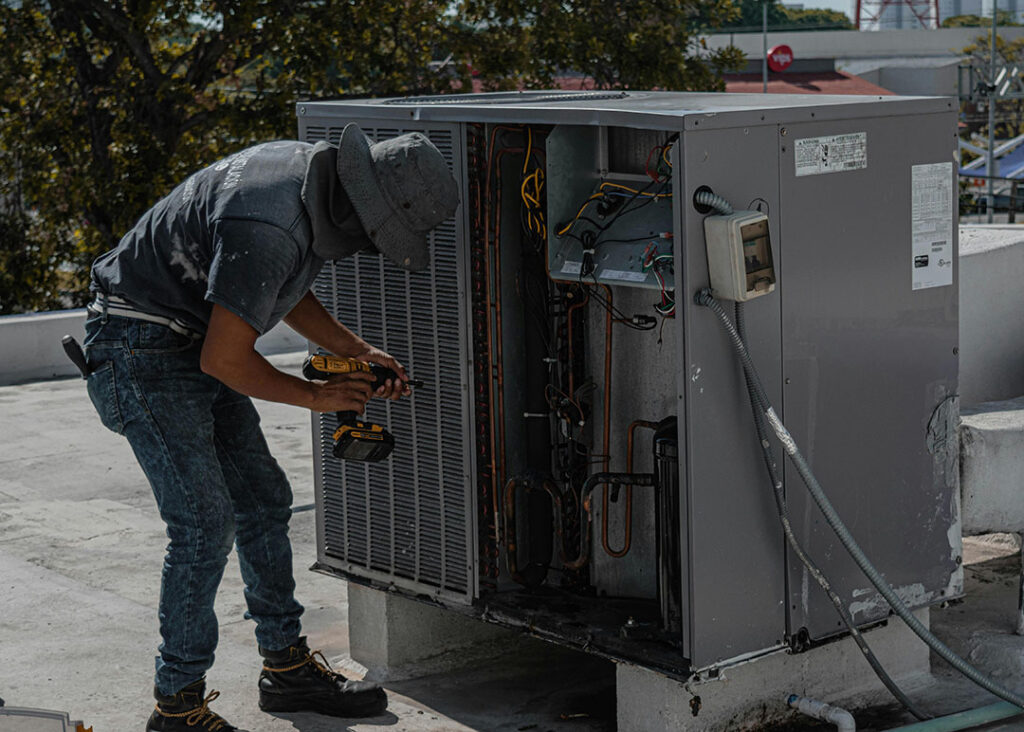Seasonal Energy Efficiency Ratio
SEER stands for Seasonal Energy Efficiency Ratio and it’s rating plays an important role for making informed decisions about air conditioning units. Whether you’re considering an upgrade or seeking to optimize energy efficiency, delving into the intricacies of SEER ratings can lead to significant benefits for your home comfort and budget. Let’s learn how to find the seer rating for air conditioners.
The Average SEER Rating
Over the years, SEER ratings have evolved in response to advancements in HVAC technology and energy efficiency standards. Today, higher SEER ratings signify greater efficiency and lower energy consumption compared to older models.
Why Energy Ratings are Changing
As energy efficiency regulations become more stringent, the focus on SEER ratings become more important. Understanding these changes can help homeowners navigate the evolving landscape of HVAC systems and make informed choices that align with energy-saving goals.
AC SEER Rating Optimization
Optimizing SEER ratings involves factors such as proper air conditioning system sizing, regular maintenance, and utilizing programmable thermostats. These practices enhance efficiency and prolong the lifespan of your air conditioning unit.
Improve Your Home’s Energy Efficiency Without Replacing Your AC
Simple measures like improving insulation, sealing ductwork, and upgrading to energy-efficient windows can complement your heating and cooling system and enhance overall energy efficiency without the need for a full replacement.
A good SEER rating typically falls within the range of 14 to 18 for most residential air conditioning units. However, factors such as climate, usage patterns, and budget considerations play a significant role in determining the ideal SEER rating for your specific needs.
While units with higher SEER ratings may have a higher upfront cost, they offer long-term savings through reduced energy consumption and lower utility bills. The initial investment in a high-efficiency HVAC system often pays off in the form of increased comfort and decreased operating expenses over time.
SEER ratings are calculated based on standardized testing procedures that assess the system’s performance across various temperature ranges and operating conditions. This comprehensive evaluation ensures accurate representations of efficiency.
The SEER rating measures the efficiency of an air conditioning unit over an entire cooling season. It indicates the amount of cooling output (in BTUs) provided by the system per unit of energy input (in watt-hours).
SEER serves as the baseline metric for evaluating the efficiency of air conditioning systems. It provides an average efficiency rating based on specific standardized conditions. However, SEER2 goes a step further by considering a broader spectrum of operating conditions that a system may encounter throughout the cooling season. This comprehensive evaluation encompasses various factors such as temperature fluctuations, humidity levels, and real-world usage patterns, providing a more accurate reflection of the system’s overall performance.
The SEER rating of an air conditioner reflects its energy efficiency and performance, crucial for maintaining optimal cooling while minimizing energy consumption. When shopping for an air conditioner, it’s essential to consider its SEER rating, which indicates its energy efficiency, typically found on the unit’s label. Additionally, manufacturers and HVAC professionals can provide detailed information about specific models and their corresponding SEER ratings.
Optimize your home's efficiency
Understanding SEER ratings empowers homeowners to make informed decisions about their HVAC systems, leading to enhanced comfort, energy savings, and environmental sustainability. By staying informed and proactive, you can optimize your home’s cooling efficiency while minimizing your carbon footprint.



